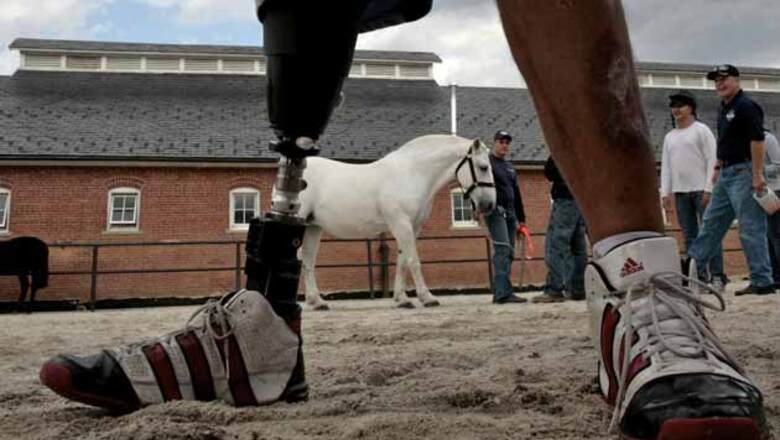
views
London: Amputees could regenerate their limbs thanks to scientists on the verge of discovering how salamanders grow back lost legs and damaged organs.
Axolotl salamanders are now going under the knife, under anaesthesia, in experiments at the Hanover Medical School in Germany.
The hope is one day for their genes to be transplanted to people who lose limbs and organs only to see them regrow.
"Coagulation sets in instantly," scientist Björn Menger told Germany‘s Spiegel magazine. "You can almost watch the healing process happening," reports the Daily Mail.
They can even grow back sections of their brains and spinal columns, raising hopes that disabled people might one day be able to walk if such feats can be copied.
Scientists experimenting on a batch of them in Hanover notice that after a limb has been amputated, a layer of skin cells forms from the cells at the spot of the incision.
Scar tissue forms underneath and new tissue begin to grow, such as blood vessels, muscles, sinews, bones and nerves. The researchers are homing in on a particular enzyme called amblox which makes the axolotl unique in the animal kingdom.
The grail is to create amblox artificially. Initial tests on human skin cells have been encouraging; wounds do heal faster, skin grows back at an accelerated pace. But a breakthrough in terms of regenerating limbs and organs is a long way off.




















Comments
0 comment